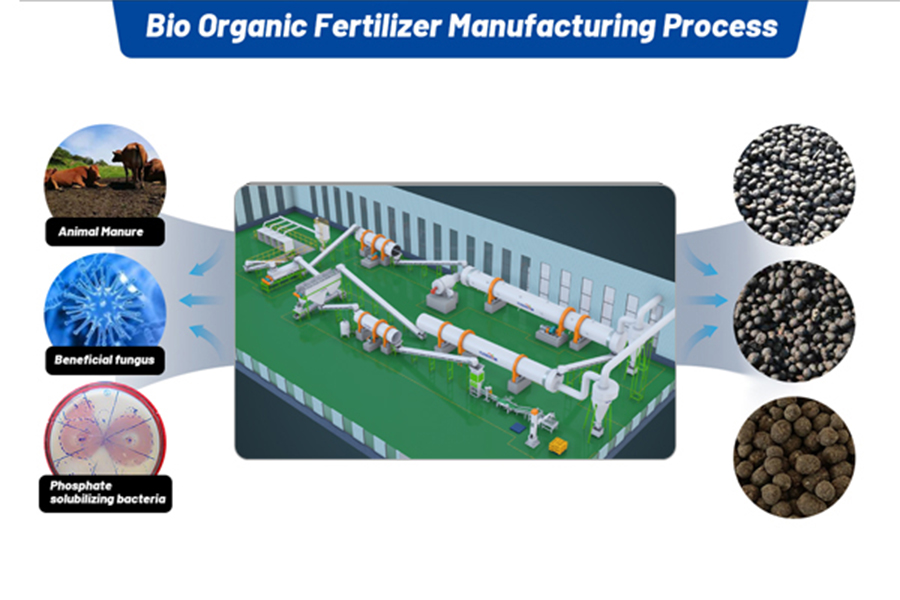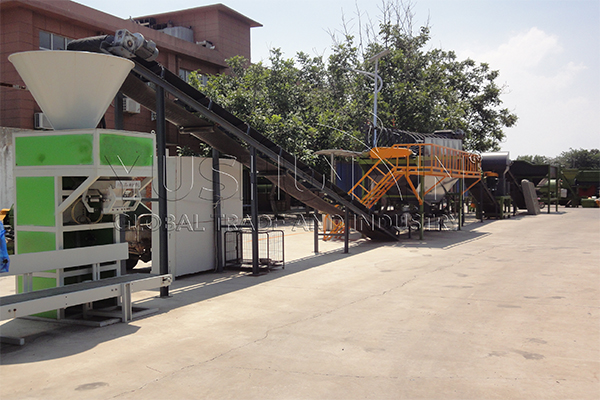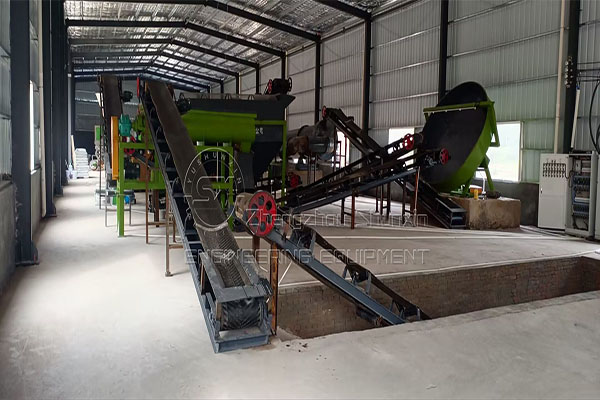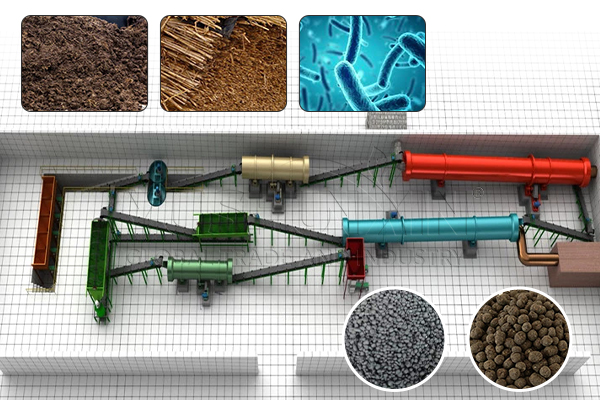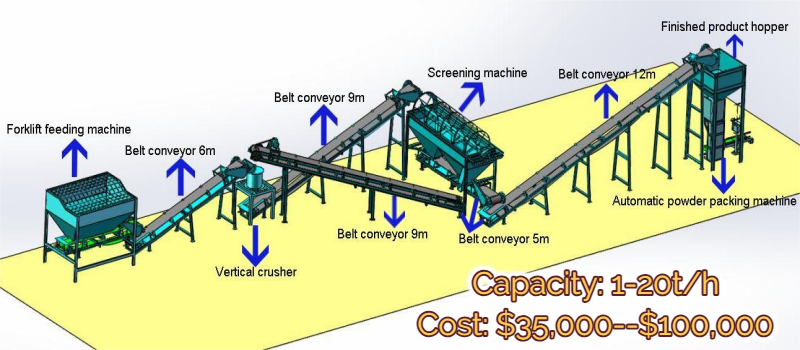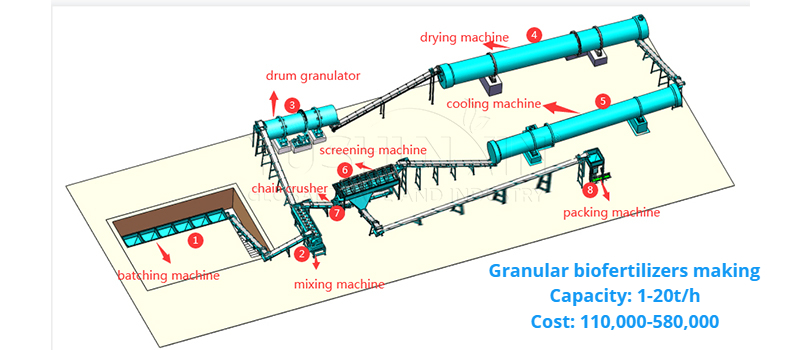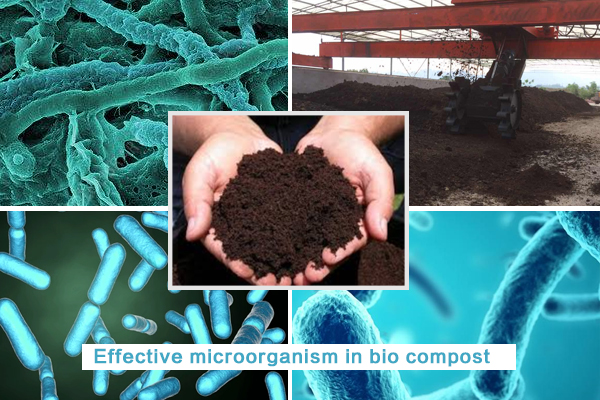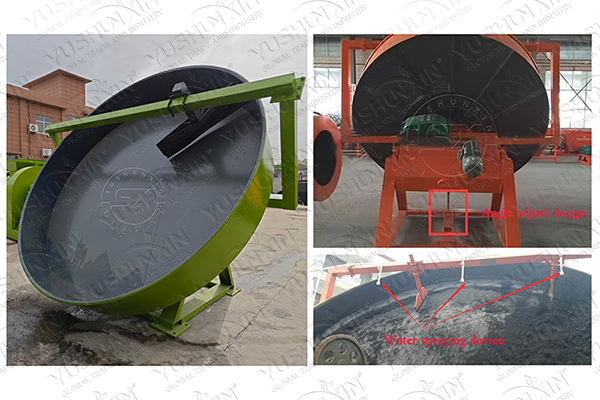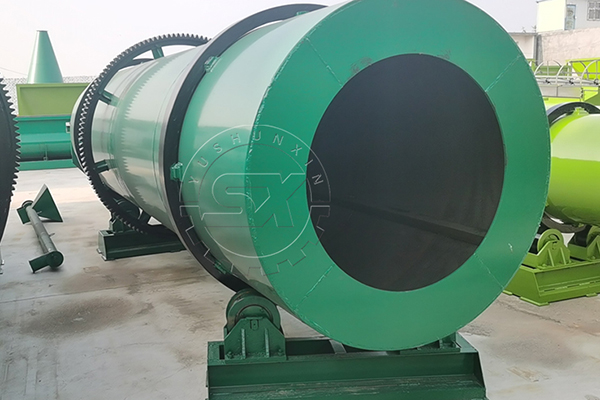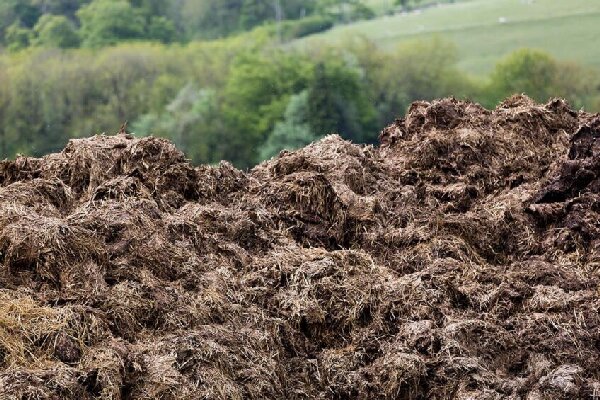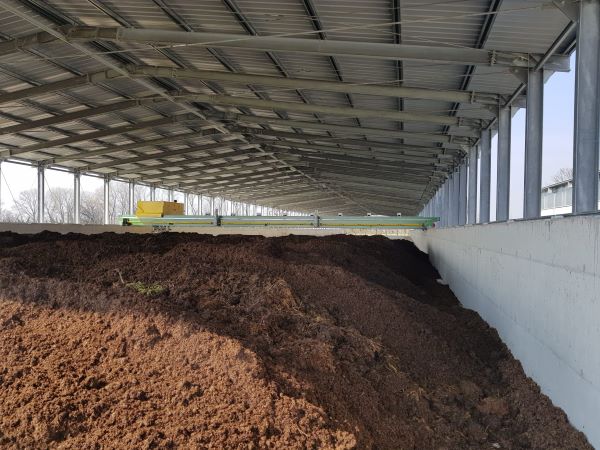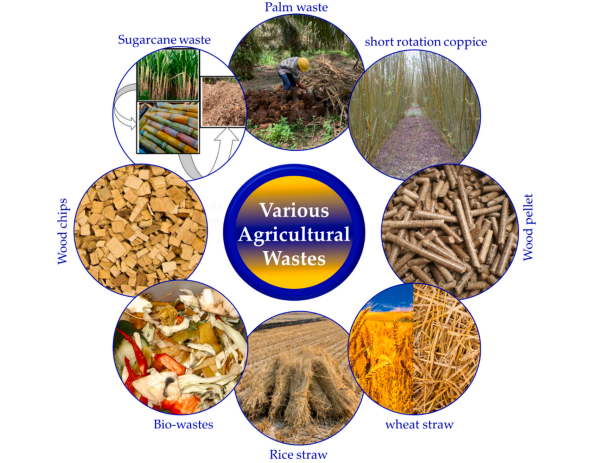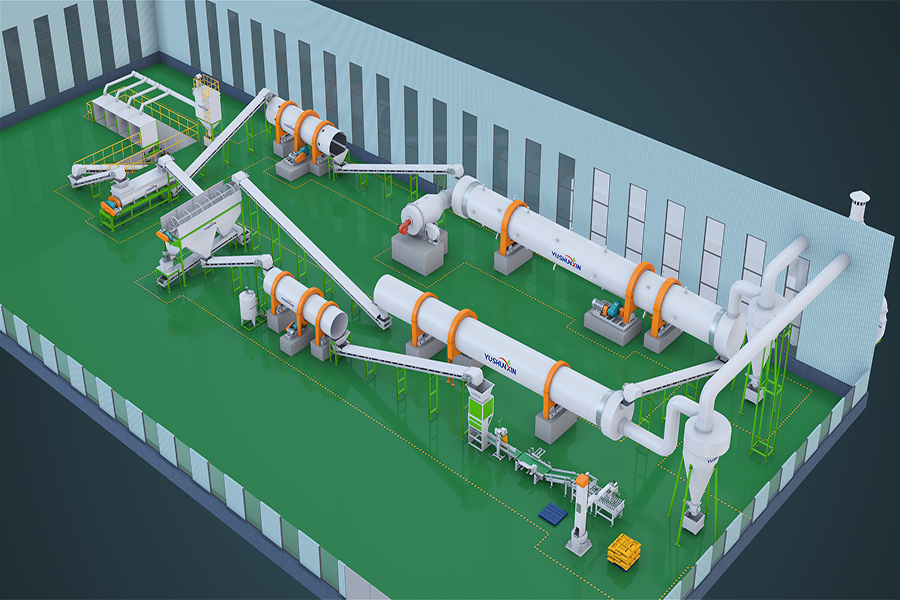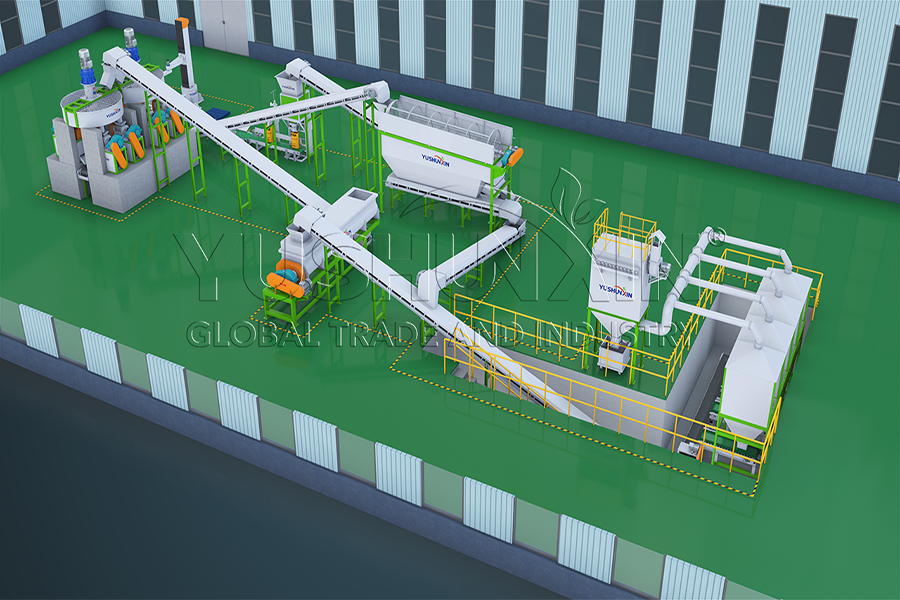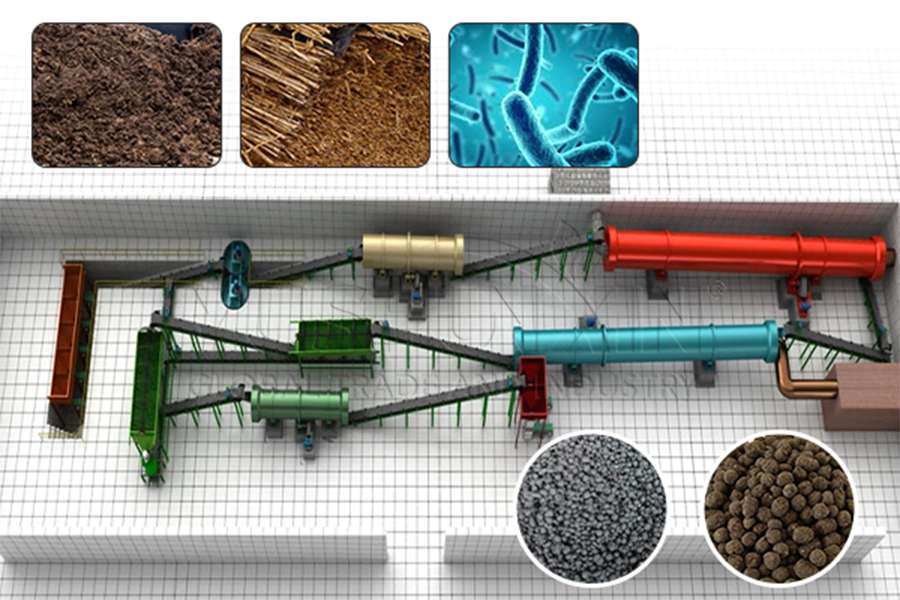Phân bón hữu cơ sinh học có thể cải thiện sức sống của đất và chất lượng cây trồng. Thường xuyên, Bạn có thể chọn chất thải hữu cơ như phân gia súc, dư lượng rơm và khí sinh học để sản xuất phân bón hữu cơ sinh học. Khi bạn thiết lập dây chuyền sản xuất phân bón hữu cơ sinh học, Bạn cần trải qua một số giai đoạn chuẩn bị nguyên liệu thô, lên men, nghiền nát, tạo hạt, làm khô và làm mát, và bao bì. Yushunxin sẽ cung cấp cho bạn máy làm phân bón sinh học phù hợp trong mỗi bước. Đồng thời, Chúng tôi có thể thiết kế kế hoạch kinh doanh sản xuất phân bón hữu cơ sinh học theo nguyên liệu thô của bạn, dung tích, loại sinh học loại ECT. Vì thế, Nếu bạn quan tâm, Vui lòng liên hệ với chúng tôi.
Which business plan is right for you: Powdered or Granular Biofertilizer Making?
Trên đây là toàn bộ quá trình sản xuất phân bón hữu cơ sinh học. Nhưng bạn có biết cách xây dựng dây chuyền sản xuất sinh học hữu cơ của riêng bạn? Chọn đúng hình thức của bộ sinh học phụ thuộc vào ngân sách và thị trường của bạn.
Yushunxin có thể cung cấp cho bạn chuyên nghiệp Công nghệ sản xuất sinh học bột, và phương pháp tạo hạt khô hoặc ướt. Nếu bạn muốn sản xuất các loại phân bón sinh học khác nhau, Chào mừng bạn đến tham khảo yushunxin!
Chi phí thiết lập một nhà máy phân bón hữu cơ sinh học là bao nhiêu?
Chi phí để thiết lập một phân bón sinh học hữu cơ Nhà máy phần lớn phụ thuộc vào mẫu sản phẩm đã chọn của bạn.
Powdered bio fertilizer plant project cost:
Đối với sản xuất sinh học bột, Cấu hình cơ bản bao gồm một bộ quay phân ủ, Trình tải tự động, Máy nghiền kết cấu sinh học, Trình sàng lọc quay, Máy đóng gói tự động, và băng tải đai. Thiết lập này hỗ trợ xử lý hiệu quả từ nguyên liệu thô đến phân bón thành phẩm.
Chi phí ước tính: $35,000 - $100,000, Tùy thuộc vào công suất đầu ra mong muốn của bạn (từ 1 trận20 t/h).
Chi phí sản xuất sinh học hữu cơ dạng hạt:
Một dây chuyền sản xuất phân bón sinh học hạt điển hình bao gồm: Phân trộn Turner, máy nghiền, máy trộn, Hạt (Đĩa, cái trống, hoặc loại con lăn), Máy sấy quay, làm mát, KIẾN TRÚC, Máy phủ, Máy đóng gói, và băng tải cần thiết.
Chi phí ước tính: $110,000 - $580,000, Tùy thuộc vào năng lực (1Hàng20 t/h), Phương pháp tạo hạt, và cấp độ tự động hóa.
Khi nào nên thêm các tác nhân vi sinh vật vào sản xuất phân bón sinh học?
Trong quá trình sản xuất sinh học hữu cơ, Các tác nhân vi sinh vật thường được thêm vào ba giai đoạn chính trước khi, trong lúc, và sau khi tạo hạt - phụ thuộc vào chức năng của chúng và khả năng chịu nhiệt của chúng.
Chọn đúng vi khuẩn và thiết bị đảm bảo khả năng sống sót của vi sinh vật và cung cấp chất dinh dưỡng hiệu quả trong bộ sinh học của bạn.
Nguyên liệu thô để sản xuất phân bón sinh học hữu cơ là gì?
Phân bón hữu cơ sinh học được làm từ nhiều loại nguyên liệu thô khác nhau có thể có sẵn trong trang trại của bạn hoặc trong khu vực của bạn. Đây là những lựa chọn phổ biến nhất:
Phân động vật làm sinh học hữu cơ
Chất thải động vật là nguyên liệu thô phổ biến và hiệu quả nhất trong việc chuẩn bị các chất sinh học. Nó rất giàu nitơ, phốt pho, Kali, và chất hữu cơ. Chẳng hạn như phân gà, phân bò, phân lợn, con cừu và phân con dê.
Mẹo: Bạn phải phân bón phân tươi để giảm mầm bệnh và độc tính amoniac trước khi chúng được hạt.
Dư lượng khí sinh học và tiêu hóa làm sinh học hữu cơ
Thức ăn thừa từ cây khí sinh học có nhiều chất dinh dưỡng và chất hữu cơ. Một mặt, Bạn có thể sử dụng chất lỏng lớn nhất trong sản xuất phân bón lỏng. Mặt khác, Dư lượng khí sinh học là lý tưởng cho việc tạo hạt sau khi mất nước và phân bón.
Chất thải nông nghiệp như phân bón hữu cơ
Dư lượng cây trồng và chất thải từ thực vật là nguồn carbon tuyệt vời để cân bằng vật liệu nitơ cao. Ví dụ, Lúa mì và gạo rơm, thân cây ngô và vỏ trấu, Vỏ đậu phộng, trấu đậu tương, ECT. Những vật liệu này phân hủy chậm, Vì vậy, bạn có thể nghiền và trộn chúng với phân hoặc chất vi sinh vật để cải thiện tốc độ và chất lượng phân bón.
Cần trợ giúp lựa chọn nguyên liệu thô cho dự án của bạn? Liên hệ với yushunxin, Và chúng tôi sẽ thiết kế một giải pháp cá nhân hóa cho các tài nguyên địa phương của bạn.
Cách bắt đầu một công ty sản xuất phân bón sinh học hữu cơ?
Bắt đầu một công ty sản xuất phân bón hữu cơ sinh học bắt đầu với một kế hoạch rõ ràng. Đây là một hướng dẫn ngắn gọn.
Cho dù bạn đang tham gia thị trường phân bón sinh học hay nâng cấp nhà máy sản xuất sinh học hiện có của bạn, Chúng tôi có thể cung cấp hiệu quả, Giải pháp kinh doanh đáng tin cậy. Hãy để chúng tôi hướng dẫn thiết lập của bạn, Từ lựa chọn nguyên liệu đến tích hợp quy trình.
Các trường hợp thành công để thiết lập các nhà máy sản xuất phân bón hữu cơ sinh học:
Hiện tại, Yushnxin đã giúp khách hàng ở nhiều khu vực trên thế giới thiết lập các nhà máy phân bón hữu cơ sinh học. Kết hợp với khách hàng’ Yêu cầu đối với nguyên liệu thô, đầu ra, thiết bị, vân vân., Yushunxin đã thiết kế kế hoạch sản xuất sinh học hữu cơ cho họ.
Ví dụ: Một 10T/h Nhà máy phân bón hữu cơ sinh học ở Brazil, Một 20,000 Nhà máy sản xuất sinh học hữu cơ T/Y ở Mexico, và a 100,000 T/Y Dòng hạt phân bón sinh học hữu cơ ở Việt Nam. Cho dù đó là đầu ra nhỏ hay lớn, Công ty chúng tôi có thể cung cấp cho bạn máy làm phân bón hữu cơ sinh học theo yêu cầu của bạn. Chào mừng bạn đến tham khảo ý kiến!
Câu hỏi thường gặp về việc làm phân bón hữu cơ sinh học chất lượng cao:
Q.: Cần bao nhiêu tấn chất thải hữu cơ 1 Phân bón hữu cơ sinh học KG?
Nói chung, Tỷ lệ sản lượng nguyên liệu của phân bón hữu cơ sinh học là 3:1. Điều này có nghĩa là khi bạn sản xuất 5 Hàng tấn vi khuẩn phân bón hữu cơ, Bạn cần chuẩn bị 15 Hàng tấn nguyên liệu hữu cơ và một số vật liệu phụ trợ.
Q.: Mất bao lâu để làm phân bón sinh học hữu cơ?
Nói chung, quá trình làm phân bón hữu cơ sinh học sẽ đã tiêu 30-35 ngày. Bạn cũng có thể áp dụng hai phương pháp để tăng tốc độ tái chế sản xuất. Đầu tiên, nghiền nát chất thải hữu cơ trước khi ủ phân. Sau đó, Thêm nuôi cấy bắt đầu trong quá trình phân ủ.
Q.: Tôi có thể làm phân bón hữu cơ sinh học từ dư lượng nấm không?
Đúng, Dư lượng nấm là một trong những nguyên liệu thô để sản xuất sinh học hữu cơ. Làm bộ sinh học từ chất nền nấm đã qua sử dụng liên quan đến ủ phân, nghiền nát, tạo hạt, sàng lọc, sấy khô, và các bước xử lý khác.


